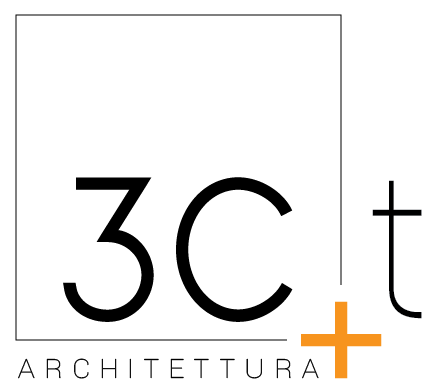Client: private
Location: Rome, Italy
Area: 350 sqm project surface
Year: 2018
Program: private house
Tasks: Interior Concept Design, Detailed Design, Technical Design, Construction Supervision
Credits: Photo © Francesco Valenti
RIPETTA HOUSE
This project for the renovation of a 300 sqm apartment in the center of Rome wants to give an identity to an interior completely devoid of character, despite the imposing nineteenth-century external façade, having completely lost the distinctive features of the era of construction of the building: a clean slate as a starting point, to rewrite a story in a delicate balance of quotations from the past, reinterpreted and in continuous evolution. The size of the windows facing the street and the different sizes of the rooms immediately suggested to reverse the traditional functional layout with respect to the outside: the kitchen and the master bedroom were placed facing the street, while the dining room and the other bedrooms and bathrooms have been moved towards the courtyard, overlooking the private terrace and the beautiful Villa Borghese park.
On the one hand, the dignity of the living area has been rediscovered, thanks to the relationship with the outside, the height of the ceilings and the new flooring in large parquet planks; on the other hand, the maximum rationalization of spaces, to give functionality to the sleeping-dressing-bathroom area. The transition between the two dimensions is emphasized by the vaulted corridors filtered by high iron and glass doors, a work of architecture within architecture, from which the metal frames extend to create new visual trajectories, but above all to act as tools capable to divide the perception of spaces for entertainment and food consumption and preparation, without physical barriers that reduce space, light and the view towards the outside.
The division is not only made in terms of different functional areas: the project is also vertically stratified on two levels that form different wings, as was customary in the past, in order to highlight – starting from the bottom – first the furnishings following the flooring design, then the wooden frames placed on the wall and finally the system of frames that support the lighting and generate light rays, separating and enhancing the various pastel shades of the surfaces and ceiling, where the positioning of the underlying furniture echoes.
The details that refer to the past are evident: the plaster frames and the French parquet seem to have always been there, even if the decoration of the ceiling is off-center from the table and the floor design has a modern taste. The kitchen design, on the other hand, has a contemporary look, based on textures and materials.
A house of light and shadows, with perceptive “jumps” between the living and the sleeping areas, where empty parts alternate with others full of functions and the large openings towards the outside world of the living area contrast with the “loophole” of the bedrooms frames that offer a view of the tree-lined avenue below: a house where the future is also in the past, when filtered by the present. Only small fragments of history that repeat themselves.

